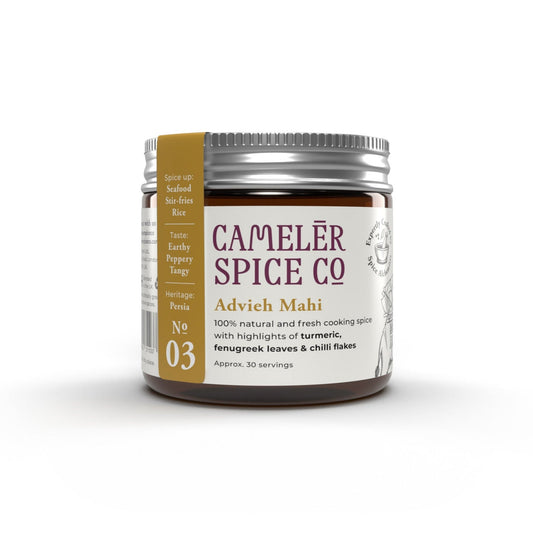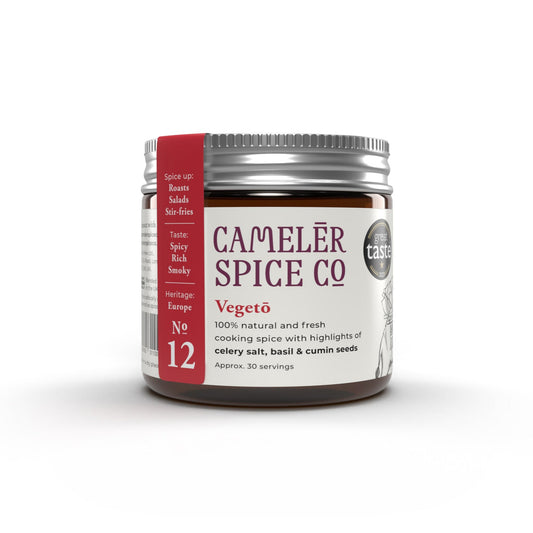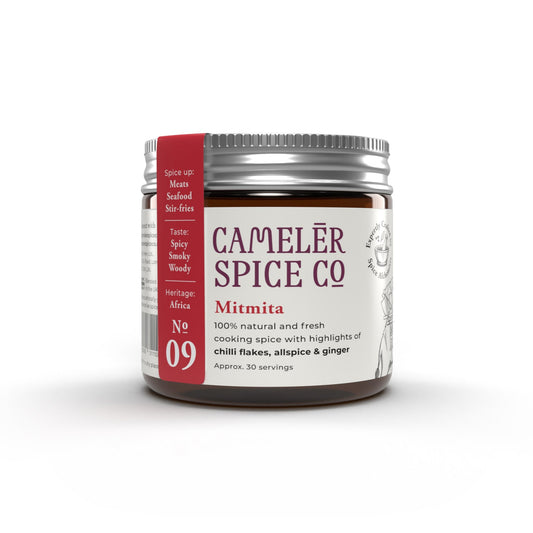
Collection: Chilli
What does chilli taste like?
Hot, aromatic and fruity, there are over 400 varieties of chilli in the world, and sixteen per cent of the world's food production is said to include chilli as a flavour enhancer.
How to tell if a chilli is hot?
Typically, the smaller and riper the chilli, the hotter it will be. Green chillies are unripe red chillies. Chillies used in chilli flakes and powder are the result of the fully ripe and red variety. Dried chillies will always have more heat than the fresh equivalent. It is the capsaicin compound that gives the heat pungency.
While usage of hot spice increases, consumers are becoming more knowledgeable regarding spice varieties. In addition to their cravings for heat, consumers demand more flavour in such popular offerings as ethnic and fusion foods.
This berry-like fruit with a shiny jacket encloses small white seeds. These seeds and the inner membranes of the chilli are their hottest parts. Chillies vary in size, shape and degree of heat. As well as Mexico, supply can also come from India with high export demand from Bangladesh, Malaysia and China.
What flavours go with chilli?
- Almond
- Anise
- Aubergine
- Avocado
- Bell Pepper
- Broccoli
- Butternut Squash
- Cabbage
- Cauliflower
- Chocolate
- Coconut
- Coriander
- Garlic
- Ginger
- Lemon
- Lime
- Mango
- Mint
- Olive
- Orange
- Peanut
- Pineapple
- Potato
- Tomato
- Walnut
- Watermelon
Researching the above ingredients, it comes as no surprise as to how many ingredients Chilli Spice partners with. That being said there are many surprises. When we think about chilli, many of us are guilty of thinking that we are afraid of chilli in spice mixes because of the possible excessive heat. However, chilli is a superb example of when great alchemy works. Our Great Taste award-winning Vegeto (Roman-Mediterranean spice blend) and 3rd Century AD Mitmita (Ethiopian Spice mix) certainly have a gentle kick but it is doubtful to make you sweat. We usually recommend adding fresh chilli if you have a fondness for heat.
What are the health benefits of chilli?
Chilli peppers will help you burn more calories because they raise the body's temperature during digestion. They also send messages to your nervous system telling your body to produce more brown fat, which is a healthy fat.
What are interesting facts about chilli?
- Historians and archaeologists tell us that chillies were cultivated as early as 5000 BC, according to evidence. The ancient Aztecs cultured a huge array of chillies for rituals and even chocolate beverages.
- In the 15th Century, Christopher Columbus brought the spice back to Spain. Incorrectly he assumed that chillies were part of the pepper family. The Portuguese took chilli to various colonies, Goa, India and various other African and Asian locations. Very quickly, chilli replaced peppercorns as the choice of seasoning.
- In the 17th Century, the Japanese used to put Chillies in their socks to keep their toes warm rather than eat them. African farmers often grow chillies to protect crops from elephants.
- William Scoville introduced the Scoville index in 1912 by way of measuring the pungency of chillies.
What is the chief flavour compound of chilli?
Capsaicin: (fiery, numbing and strong) Among other pungent compounds, capsaicin should be used to get a well-rounded and interesting flavour profile. Capsaicin will complement grains of paradise, ginger, mustard, black pepper and Sichuan pepper.
Shop Spices With Chilli
-
Advieh Mahi
Regular price £8.95 GBPRegular priceUnit price / per






